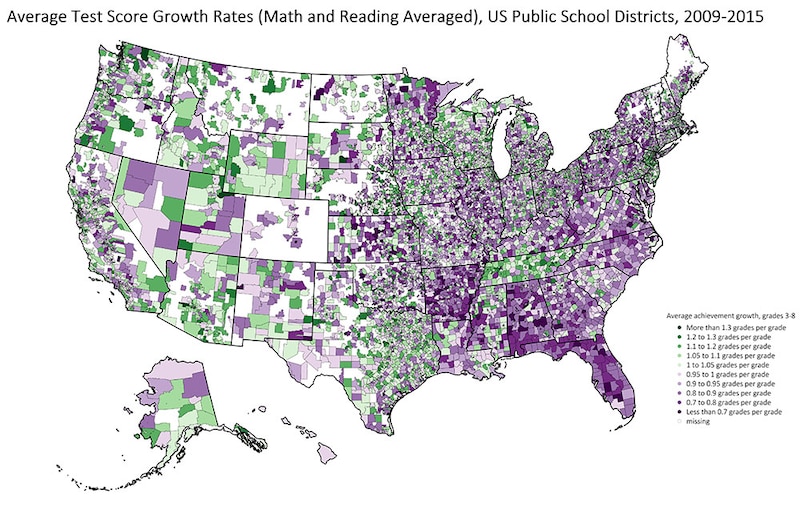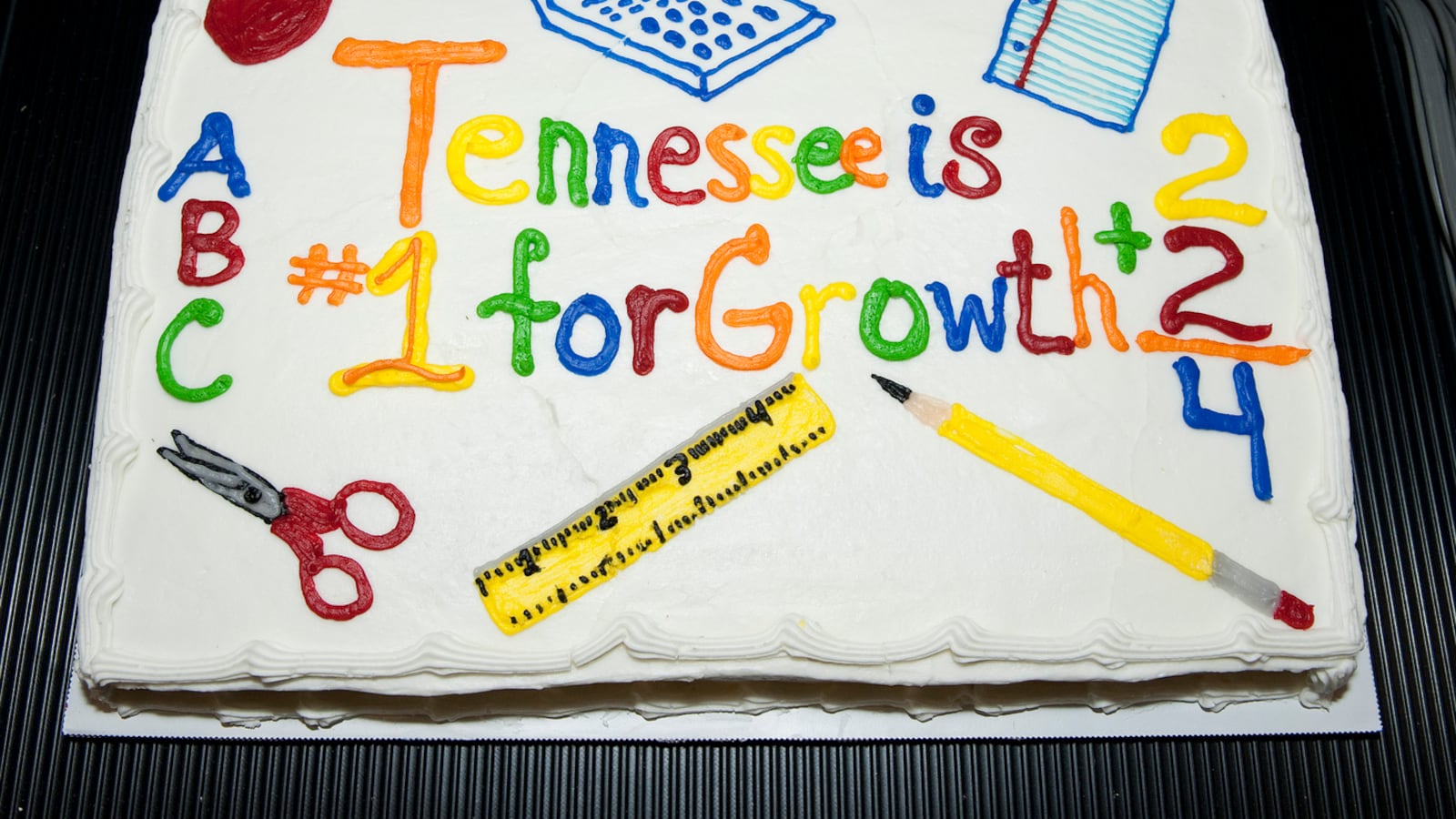The Nation’s Report Card has served as both a carrot stick and a kick in the pants to Tennessee in its quest to improve public schools.
The kick in the pants came first, when the state got called out in 2007 for the wide gap between how it was reporting student proficiency on its own tests versus what was showing up on the National Assessment of Educational Progress, also known as NAEP or the Nation’s Report Card.
The carrot stick came from 2011 to 2015 when, soon after a massive overhaul of K-12 education, Tennessee’s star shot up on the national assessment. Those substantial gains convinced state leaders to stick with their new policies — some of them controversial — with the aspiration of vaulting from the very bottom to the top half of states by 2019.
Now as NAEP prepares to release its 2017 report card on April 10, a lot of eyes are watching to see if Tennessee’s hot streak continues.
“Tennessee has had a lot of good news to celebrate. It’s come a long way,” said Michael Petrilli, president of the Thomas B. Fordham Institute, a conservative education think tank. “The trouble with NAEP scores, though, is that they never go up forever. We’ve seen this with other states that made big gains and then flattened out. If that happens in Tennessee, it will be disappointing.”
NAEP testing happens every two years, offering a biannual snapshot of student achievement and long-term trends. Because it is a national test, states can compare results with other states.
Most recently, the test was administered last year to a sampling of fourth- and eighth-graders in reading and math in all 50 states, making it the largest national snapshot of what America’s students know and can do in various subjects. Those scores are being reported in the newest Report Card, albeit later than usual because of the assessment’s historic transition to online testing.
Tennessee has a lot riding on this year’s results.
The state enjoyed sizeable NAEP gains in 2013 in both subjects and in both grades, launching Tennessee’s claim as the fastest-improving state in the nation. Its performance was more modest in 2015, but the state still managed to hold its ground while scores across most of the nation dropped.
Last year, a massive national study at Stanford University seemed to bolster Tennessee’s claim based on standardized tests taken from students across more than 11,000 school districts from 2009 to 2015. The resulting map — showing high-growth districts in shades of green and low-growth districts in purple — depicts Tennessee as a bright green rectangle surrounded by a sea of purple.

State leaders acknowledge they can’t say for sure what’s behind Tennessee’s momentum, but they can easily identify the policy shifts that have happened in the last decade: higher academic standards, a new state test aligned to those expectations, and a gamut of systems to hold districts, schools, teachers, and students accountable.
“We believe our policy direction has moved us to a strong foundation to build on instructionally in our classrooms,” said Education Commissioner Candice McQueen. “The classroom instruction really matters, but the policies have set that up for success.”
Those policies include the controversial use of students’ standardized test scores in teacher evaluations — a key part of Tennessee’s game-winning plan in the 2009 Race to the Top competition, the U.S. Department of Education’s strategy for influencing states during the Obama administration. Tennessee leaders have dug in their heels on this policy, even as most of its teachers question the fairness and accuracy of their evaluations.
“Having a system of teacher evaluation and support that focuses on student growth has reinforced in all of us the need to row in the same direction,” said Sara Heyburn Morrison, executive director of Tennessee’s State Board of Education.

Whatever it is, “something appears to be working in Tennessee,” according to Petrilli.
Now the challenge is continuing that upward trajectory.
“It’s one thing to go from bad to good on NAEP. It’s quite another to go from good to great,” Petrilli said.
For leaders like Morrison, Tennessee’s 2017 performance doesn’t have to match its 2013 gains to legitimize the state’s improvement story.
“We know we’ve raised the bar in terms of our expectations for student achievement … but we’ve been in a significant transition,” she said. “Our hope is that, at a minimum, we’ll maintain our progress and show that those big gains since 2011 are real.”

